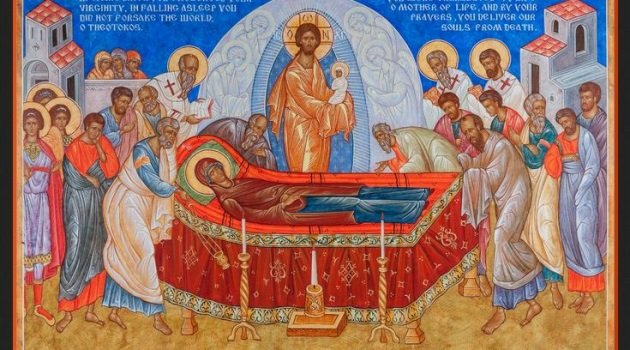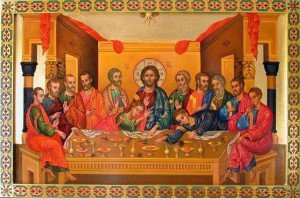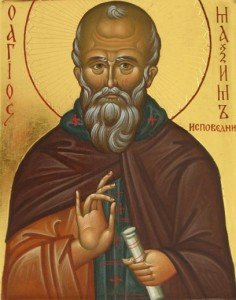The thoughts of Maximus, which I have been sharing with you during the past several weeks, leads me to sharing with you Eastern Christianity’s thoughts about man. The view of man prevailing in the Christian East is based upon the notion of participation in God. This emphasis is not necessarily found in the Christian West to the same degree. Man has been created not as an autonomous, or self-sufficient being; his very nature is truly itself only inasmuch as it exists in God or in grace. Grace, therefore, gives man his natural development. This basic presupposition explains why the terms nature and grace, when used by Byzantine authors, have a meaning quite different from the Western usage; rather than being in direct opposition, the terms nature and grace express a dynamic, living, and necessary relationship between God and man, different by their natures, but in communion with each other through God’s energy, or grace. Yet man is the center of creation – a microcosm – and his free self-determination defines the ultimate destiny of the universe.
According to Maximus, God, in creating man, communicated to him four of His own properties: being, eternity, goodness, and wisdom. Of these four divine properties, the first two belong to the very essence of man; the third and the fourth are merely offered to man’s willful aptitude.
The idea that his participation in God is man’s particular privilege is expressed in various ways, but consistently, in the Greek patristic tradition, Irenaeus, for example, writes that man is composed of three elements: body, soul and Holy Spirit; and the Cappadocian Fathers speak of an efflux of the Holy Spirit in man. Gregory of Nyssa, in discussing man before the Fall, attributes to him the beatitude of immortality, justice, purity. God is love, writes Gregory, and source of love.The creator of our nature has also imparted to us the character of love. If love is absent, all the elements of the image are deformed.
Thus the most important aspects of Greek patristic anthropology, which will be taken for granted by the Byzantine theologians throughout the Middle Ages, is the concept that man is not an autonomous being, that his true humanity is realized only when he lives in God and possess divine qualities. There is a consensus among many Byzantine authors on the essential openness of man, a concept which does not fit into the Western categories of nature and grace.
As Maximus stated, the natural participation of man in God is not a static givenness; it is a challenge, and man is called to grow in divine life. Divine life is a gift, but also a task which is to be accomplished by a free human effort. This polarity between the gift and the task is often expressed in terms of the distinction between image and likeness.




